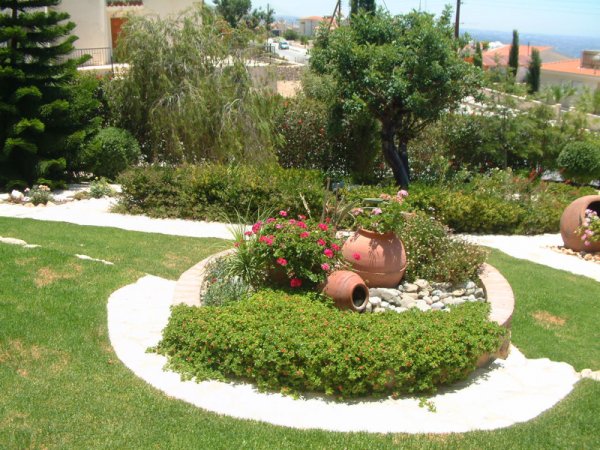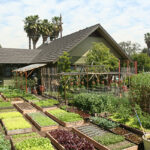For many homestead dreamers, the idea of selling honey from their own 15 acre homestead is an appealing venture. This sweet endeavor not only allows you to embrace sustainable living but also provides an opportunity to earn a steady income. Whether you’re a seasoned beekeeper or just starting your homesteading journey, tapping into the potential of honey production can be both rewarding and profitable.
In this article, we will explore how you can successfully manage your 15 acre homestead to produce and sell honey. We will cover everything from setting up your apiary to marketing your honey. Let’s dive right into the world of honey production and discover the sweet rewards it offers.

Understanding the Basics of Beekeeping
Before you can start selling honey, it’s crucial to understand the fundamentals of beekeeping. Beekeeping requires patience, dedication, and an understanding of bee behavior. Learning the basics will help you maintain healthy hives and ensure a bountiful honey harvest.
Choosing the Right Location
Location is key when setting up your apiary on a 15 acre homestead. Bees need a safe environment with access to a variety of flowering plants. Consider setting up your hives away from heavy traffic areas and near natural water sources.
Selecting the Right Bee Species
Different bee species offer varying benefits. Common choices include the Italian bee for its gentle nature and the Russian bee for its resistance to cold climates. Choose a species that aligns with your local environment and personal preferences.
Essential Beekeeping Equipment
Investing in the right equipment is essential for successful beekeeping. This includes protective clothing, hive tools, smokers, and bee feeders. Quality equipment ensures your safety and the well-being of your bees.
Managing Your Apiary
Once your apiary is set up, effective management practices are crucial to ensure honey production thrives.
Regular Hive Inspections
Inspecting your hives regularly helps you monitor the health of your bees and identify any potential issues early on. Look for signs of pests, diseases, or queen bee problems.
Pest and Disease Control
Bees are susceptible to various pests and diseases. Implementing preventive measures and timely interventions can safeguard your hives. For more detailed tips on maintaining healthy hives, visit here.
Harvesting Honey
The moment you’ve been waiting for: harvesting your honey! Timing is crucial, and understanding the right time to harvest ensures you get the best quality honey.
When to Harvest
Harvest honey when the cells in the hive are capped, indicating that the honey is ready. This typically occurs in late summer or early autumn.
Extraction Techniques
Use a honey extractor to efficiently remove honey from the comb without damaging it. This equipment is a worthwhile investment for any serious beekeeper.
Marketing Your Honey
Now that you’ve produced honey, it’s time to reach your audience. Effective marketing strategies will help you sell your honey successfully.
Creating a Brand
Develop a unique brand for your honey that reflects your homestead values. A memorable brand name and logo can help your product stand out in the market.
Utilizing Online Platforms
Leverage online platforms such as social media and e-commerce websites to reach a broader audience. Share your story and the unique aspects of your honey to engage potential customers. For tips on diversifying your income streams, see here.
Participating in Local Markets
Attend local farmers’ markets and agricultural fairs to sell your honey directly to consumers. Personal interactions can foster customer loyalty and repeat business.
Legal Considerations
Before you start selling honey, familiarize yourself with local regulations and licensing requirements. This ensures that your business complies with legal standards.
Labeling Requirements
Understand the labeling requirements for honey, including nutritional information and potential allergens. Proper labeling builds trust with your customers.
Insurance and Liability
Consider obtaining insurance to protect your business against potential liabilities. This step safeguards your investment and provides peace of mind.
Expanding Your Homestead Business
As your honey business grows, consider expanding your homestead operations to include other complementary ventures.
Introducing Pollinator Gardens
Enhance your homestead’s biodiversity by planting pollinator gardens. These gardens support bee populations and improve honey yields. Learn more about preparing your homestead for different seasons here.
Exploring Agritourism
Invite visitors to your homestead to experience beekeeping firsthand. Agritourism offers educational opportunities and an additional revenue stream.
Conclusion
With the right knowledge and dedication, selling honey from your 15 acre homestead can be a fulfilling and profitable endeavor. From understanding the basics of beekeeping to marketing your honey, each step plays a vital role in your success. Embrace the journey and enjoy the sweet rewards it brings.

FAQs
1. How much honey can I expect to produce from my homestead?
The amount of honey produced can vary depending on factors such as hive health, bee species, and local flora. On average, a healthy hive can produce 40 to 60 pounds of honey annually.
2. What are the costs involved in starting a honey business?
Initial costs include purchasing hives, bees, and equipment. Ongoing expenses involve hive maintenance and marketing efforts. Budgeting for these expenses is crucial for long-term success.
3. Can I sell other bee-related products from my homestead?
Yes, you can diversify your offerings by selling products like beeswax candles, propolis, and royal jelly. These products can enhance your homestead’s income potential.





